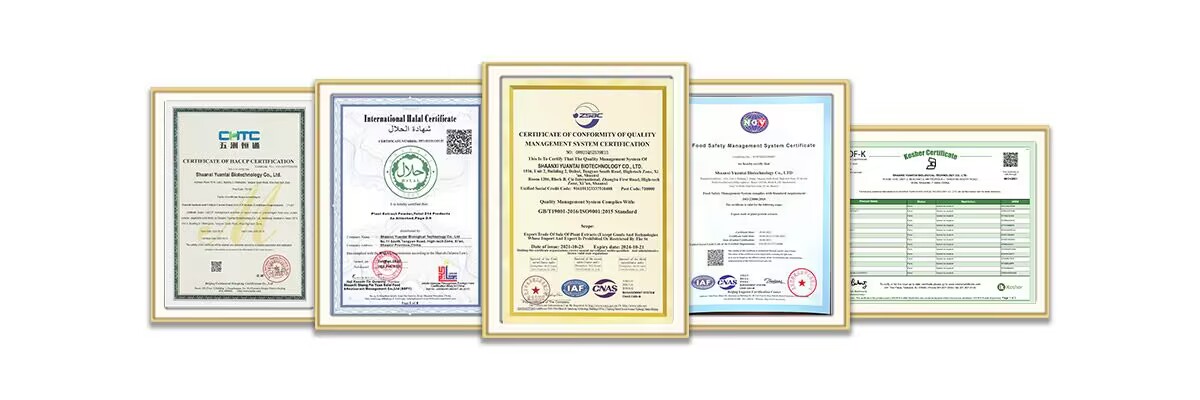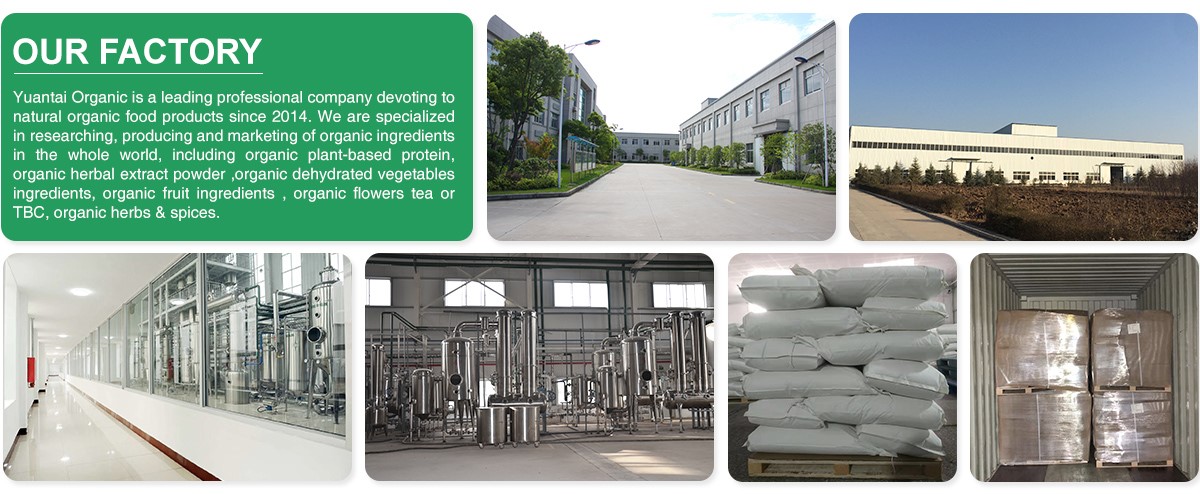Sodium Vitamin C Phosphate
Certification: EU&NOP organic certificate, ISO9001, ISO22000, Kosher, Halal, HACCP
Delivery speed: 1-3 days
Stock: Available
Payment: T/T, VISA, XTransfer, Alipay...
Transportation: DHL.FedEx, TNT, EMS, SF, sea freight, air freight
- Fast Delievery
- Quality Assurance
- 24/7 Customer Service
Product Introduction
What is Sodium Vitamin C Phosphate?
Sodium Vitamin C Phosphate is a vitamin C derivative. The 2-hydroxyl group is derivatized into a phosphate ester to improve the stability of vitamin C. The derivative formed can regenerate vitamin C after being hydrolyzed by the phosphatase widely present in the body. Therefore, it has become the main ingredient of feed additives, food fortifiers and advanced cosmetics whitening, and is a valuable fine chemical. After entering the human body, it can release vitamin C through phosphatase, exert the unique physiological and biochemical functions of vitamin C, and overcome the shortcomings of vitamin C being afraid of light, heat and metal ions, and being easily oxidized.

Synthesis of the product:
It is mainly divided into two steps: first, the phosphorylation reaction of vitamin C, and then the combination of the phosphorylated product with sodium ions to form Sodium Vitamin C Phosphate。
The first step is the phosphorylation reaction of vitamin C. The phosphorylation reaction is to introduce the hydroxyl part of vitamin C into the phosphate group to form a phosphate compound. This step usually uses electrophilic phosphoric acid reagents, such as triphenylphosphonic acid or diethyl dimethylcarbamate, to react these reagents with vitamin C under appropriate reaction conditions to obtain.
The second step is to combine the phosphorylated product with sodium ions to form Sodium Vitamin C Phosphate. This step usually uses sodium hydroxide as an alkaline catalyst. The phosphorylated product is reacted with an appropriate amount of sodium hydroxide to obtain.
Some key factors need to be paid attention to during the synthesis of vitamin C sodium phosphate. The first is the selection of reaction conditions, including reaction temperature, reaction time and molar ratio of reactants. Different reaction conditions will affect the synthesis effect and need to be optimized according to actual conditions. The second is the selection of solvents during the reaction process. The selection of solvents should take into account factors such as the solubility of the reactants and the reaction rate. Finally, the purification and purification process of the reaction product is usually carried out by methods such as crystallization, filtration and washing.
It has many important application values.
First, in the medical field, it is widely used as an antioxidant and immune enhancer. Secondly, in the food industry, it can be used as a food additive to increase the nutritional value and stability of food. In addition, it can also be used in cosmetics and skin care products, with whitening, anti-aging and other effects.
As an effective water-soluble antioxidant, it is very stable in cosmetic formulas, and it is the most ideal formula in conjunction with fat-soluble vitamin E acetate. After being absorbed by the skin, it is hydrolyzed into ascorbic acid under the action of skin cell phosphatase. It also inhibits skin melanin production, prevents pigmentation and actinic keratosis, and makes the skin more shiny. It can promote collagen production and delay skin aging. It is widely used in whitening products, anti-wrinkle products and sunscreen formulas.
When using, it is best to add it to the formula below 40°C. When the temperature is above 80°C, it will accelerate its destruction. The product is most stable above pH 6.5. It is recommended to use pH buffer solution in the formula and recommend the use of chelating agents.
Efficacy and effects in skin care:
1. Antioxidant effect:
Protect cells from free radical damage: It is an effective antioxidant that can protect cells from damage caused by free radicals. Free radicals can cause oxidative stress to cells, resulting in impaired cell function, and it can prevent such damage from occurring.
Delay skin aging: Through antioxidant function, it can inhibit lipid peroxidation and aging, thereby achieving anti-aging effects. It can promote the recovery and production of skin elastin and collagen, so that the skin can maintain and restore youthful vitality.
2. Whitening effect:
Inhibit melanin production: It acts on the melanin production process to prevent excessive pigmentation, and can be used as a skin lightener and whitening agent in cosmetics. The reference dosage in whitening products is 2-5%, and in skin care products it is 1-3%.
Freckle removal and whitening: It can inhibit tyrosinase activity, reduce melanin, have the effect of freckle removal and whitening, and can effectively prevent and treat pigmentation and remove various skin spots.
3. Promote skin repair and health:
Promote collagen production: After being decomposed by phosphatase in the skin, it releases active vitamin C, which has the same biological effect as vitamin C, can promote collagen production, and help maintain the structure and elasticity of the skin.
Effects and functions in cell regulation:
Promote the production of hepatocyte growth factor (HGF): As an antioxidant, it can promote the production of hepatocyte growth factor (HGF) and has a positive effect on cell growth and regulation. In vitro studies have shown that 2-phospho-L-ascorbic acid (sodium vitamin C phosphate) acts as an antioxidant and a stimulator for the production of hepatocyte growth factor (HGF)
Effects and functions in other aspects
Color protection and freshness preservation (food): It has stable properties and excellent antioxidant shelf life. It can effectively extend the storage period of food and can be used as a color protection and freshness preservation agent for various canned, bagged foods and meat products.
In short, it is an important chemical substance with a wide range of applications in the pharmaceutical and food industries. Sodium vitamin C phosphate can be obtained by phosphorylating vitamin C and combining with sodium ions to form phosphate compounds. During the synthesis process, it is necessary to select appropriate reaction conditions and solvents, and purify and extract the product. Vitamin C phosphate sodium has many important application values such as anti-oxidation, immune enhancement, and nutritional value-added.
Certificates
YTBIO is developing in an all-round way. We have our own factory, quality inspection and R&D team. We are committed to providing customers with the best quality Sodium vitamin C phosphate and services. It is our original intention to let every consumer enjoy high-quality and healthy products. If you have any needs or questions about our products, please feel free to contact us and we will reply you as soon as possible.

Packaging and Shipping


Our Company and Factory

_1737093401309.png)

